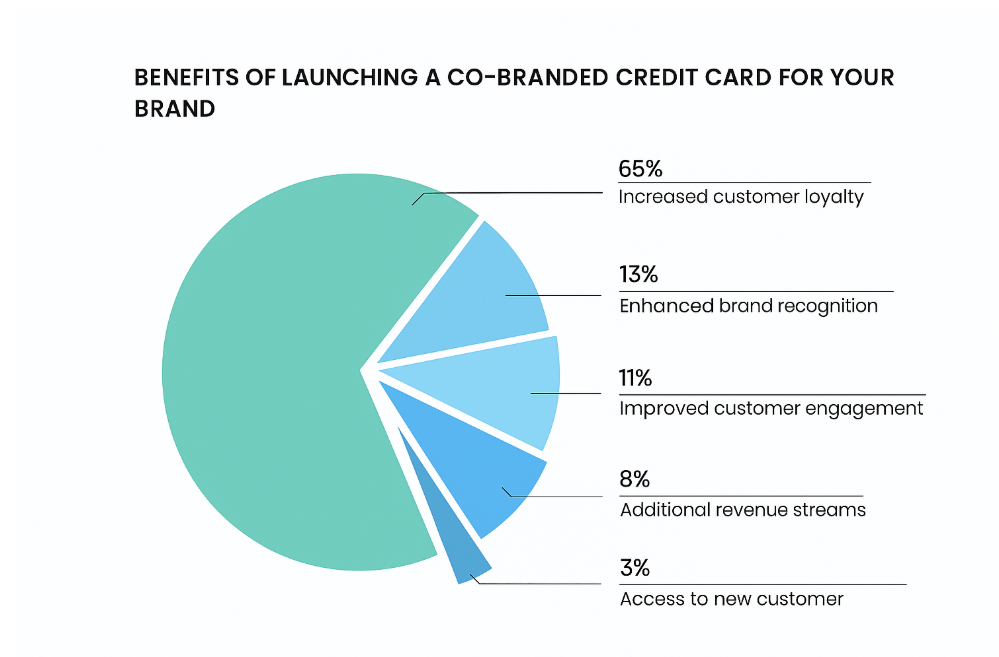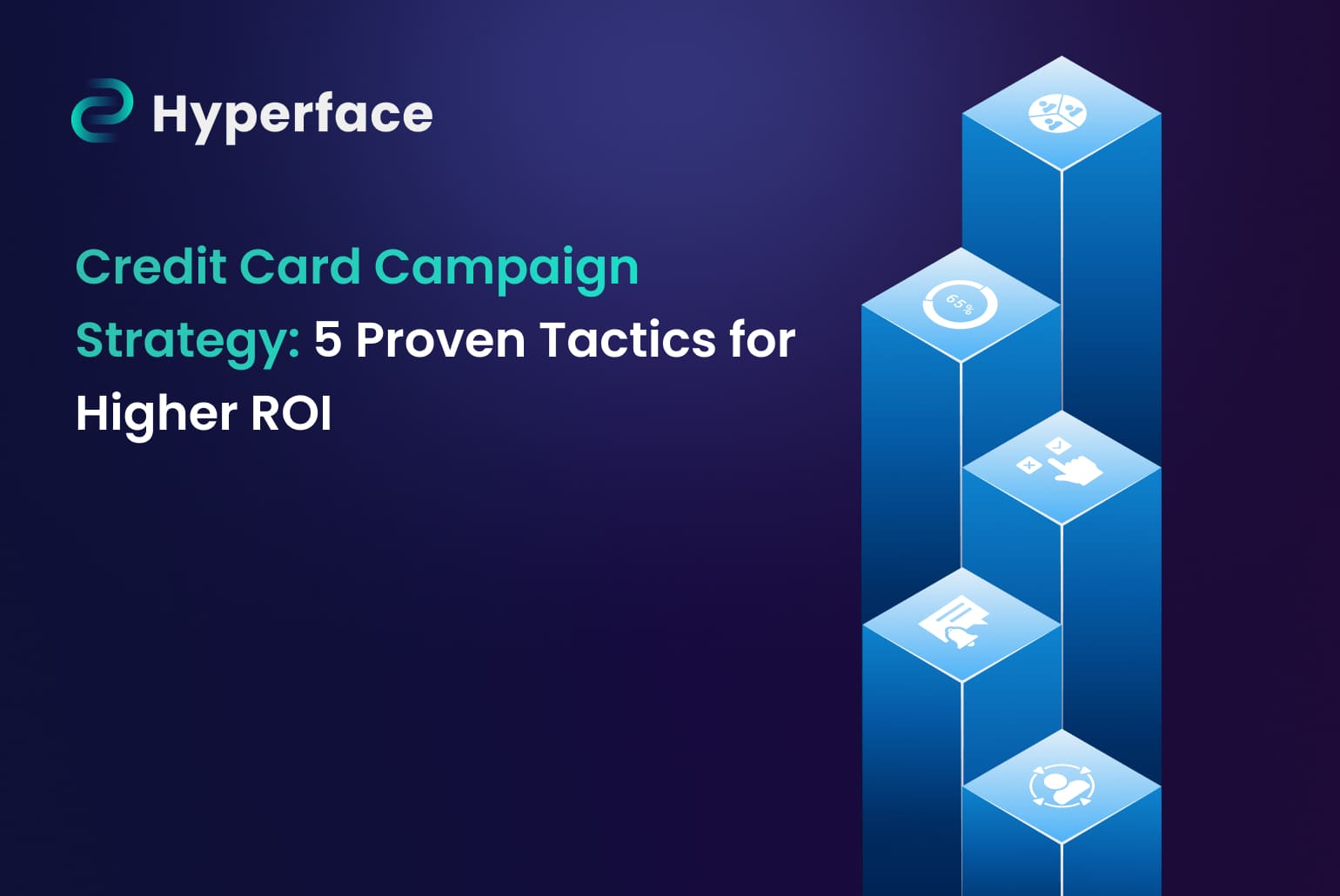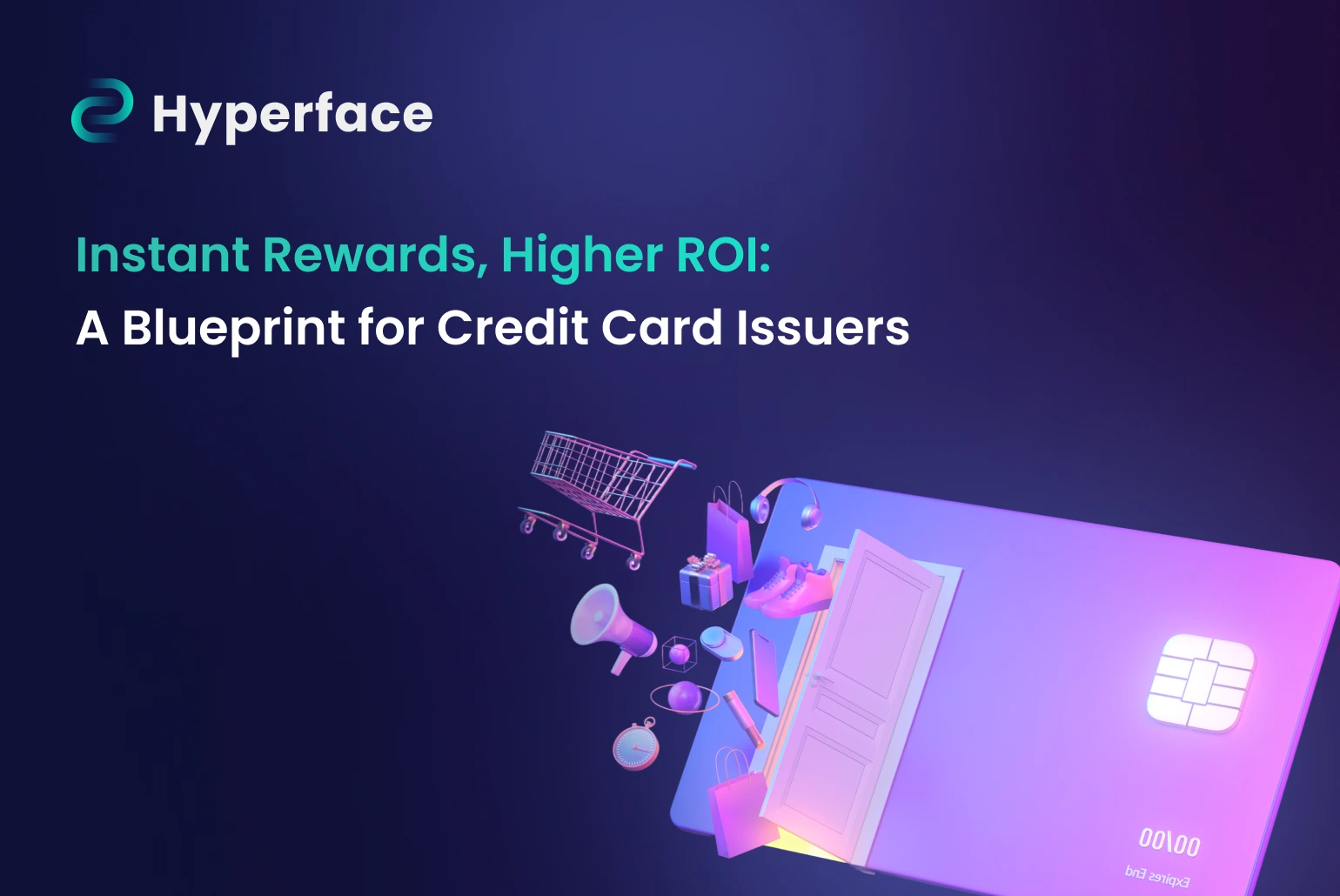Co-Branded Credit Cards: The Next Growth Engine for Modern Brands
The rules of customer engagement are changing fast. For modern brands, loyalty is no longer built only through discounts or points but through everyday relevance. That’s exactly what co-branded credit cards (CBCCs) unlock. They bridge a customer’s financial journey with their lifestyle preferences, allowing brands to stay connected with their users every time they spend.
And the timing couldn’t be better: co-branded cards are growing significantly faster than traditional cards, driven by rising discretionary spending and a shift toward digital-first financial products. Yet despite the opportunity, many programs struggle to scale — not because the idea is weak, but because execution is complex and requires sustained ownership.
So why should your brand consider launching one, and what does it take to make it work?

1. Build Deeper, Everyday Customer Engagement
Traditional loyalty programs often struggle to drive regular interaction. A co-branded credit card, on the other hand, embeds your brand into the customer’s daily financial behaviour.
According to “The Rise of Co-Branded Credit Cards: Redefining Customer Loyalty” report by Redseer Strategy Consultants, in collaboration with Hyperface, over 60% of consumers use co-branded cards for their top three spending categories (travel, dining, and e-commerce). This makes the brand a recurring part of their day-to-day life rather than an occasional touchpoint.
For example, a food-delivery brand with a co-branded card can reward users for everyday spends. This deepens engagement and turns regular transactions into consistent loyalty signals.
2. Unlock New and Sustainable Revenue Streams
Beyond engagement, co-branded cards open up meaningful financial upside for brands.
A well-managed CBCC program can generate significant annual revenue at scale, driven by:
- Joining or annual fees
- Revenue-sharing models with issuing bank
- Increased primary business revenue through higher stickiness
This shifts cards from a loyalty cost to a growth engine. However, realizing this potential requires tight program management — aligning banks, networks, and internal marketing teams to optimize unit economics.
3. Strengthen Brand Stickiness and Lifetime Value
Today’s consumers juggle multiple cards. The challenge is to stay “top-of-wallet.”
A co-branded card, when designed well, reinforces brand affinity and emotional loyalty. According to the Hyperface Redseer study, CBCCs materially increase customer engagement and annual spend, demonstrating how deeply engaged cardholders drive significantly higher value for the brand compared to non-card customers.
When designed well, co-branded cards build emotional affinity and measurable commercial loyalty. Cardholders who feel aligned with a brand typically spend materially more over their lifetime.
Lifestyle-linked benefits — such as lounge access for travel-first brands or subscription rewards for digital platforms — turn everyday choices into long-term retention.
4. Gain Actionable Customer Insights
One of the biggest advantages of co-branded credit cards is access to customer spend intelligence through partner banks.
Every card transaction reveals patterns that go far beyond your platform, from categories your customers prefer to times they spend most. This insight helps brands:
- Identify high-value customer segments
- Design personalized offers
- Inform cross-selling or retention campaigns
Brands that use spend analytics strategically can move from reactive marketing to predictive engagement — anticipating what customers need next.
5. Scale Confidently with Strategic Program Management
While the opportunity is enormous, execution remains complex and scaling requires disciplined execution. Many programs underperform because of:
- Misaligned KPIs across stakeholders (banks, networks, fintech partners)
- Slow digital onboarding and weak activation
- Lack of structured lifecycle management and campaign orchestration
- Limited visibility into performance
The Real Winning Ingredient: Program Management
Scaling a card program requires structured ownership across:
- Partner alignment
- Tech and regulatory readiness
- Onboarding and activation
- Lifecycle and spend campaigns
- Real-time analytics and intervention
The Hyperface Advantage in Co-Branded Credit Cards Program Management
Building a successful co-branded credit card program takes more than a good idea. It demands deep domain expertise, strong issuer relationships, regulatory understanding, and the right technology infrastructure to bring everything together. That’s where Hyperface comes in.Hyperface brings these elements together into a single operating model, helping brands focus on their customers while it manages the complexities of the card ecosystem.
How we help brands succeed:
- End-to-end program management from issuer negotiation to post-launch optimization
- Embedded card experiences powered by modular APIs and SDKs
- Faster compliance, smoother integrations and accelerated launch cycles
- Ecosystem partnerships, campaign strategy and lifecycle engagement playbooks
- Real-time analytics and KPI dashboards for ongoing optimization
Hyperface enables brands to move beyond issuance milestones and build profitable, insight-led card programs.
Closing Thoughts
Launching a co-branded credit card is one of the most effective ways for brands to convert customer engagement into tangible value.
It brings together loyalty, data, and embedded finance into a single ecosystem — one that strengthens brand equity while driving measurable growth.
With the right program management framework, brands can move past launch hurdles and unlock the full potential of their co-branded credit card: deeper loyalty, stronger revenue, and continuous engagement.
If you’re a D2C brand exploring how to build a credit card based loyalty program,read our earlier blog on how D2C brands can build engagement-led credit card programs.
What’s Next: A Step-Wise Guide to Co-Branded Credit Cards Management
This article is the first in our Strategic Card Management series, where we break down every stage of building, launching, and scaling a co-branded card program.
Keep an eye out for the upcoming blog posts where we take you through:
- Understanding Co-Branded Card Management: The Foundation of High-Performing Card Programs
- The Co-Brand Advantage Playbook: Designing Programs That Drive Loyalty and Profitability
- From Launch to Scale: Mastering the Growth Levers of Co-Branded Credit Card Programs
- Measuring What Matters: The New KPIs of Co-Branded Card Program Success
Stay tuned as we take you through each step of building a scalable, insight-led co-branded card program management.


